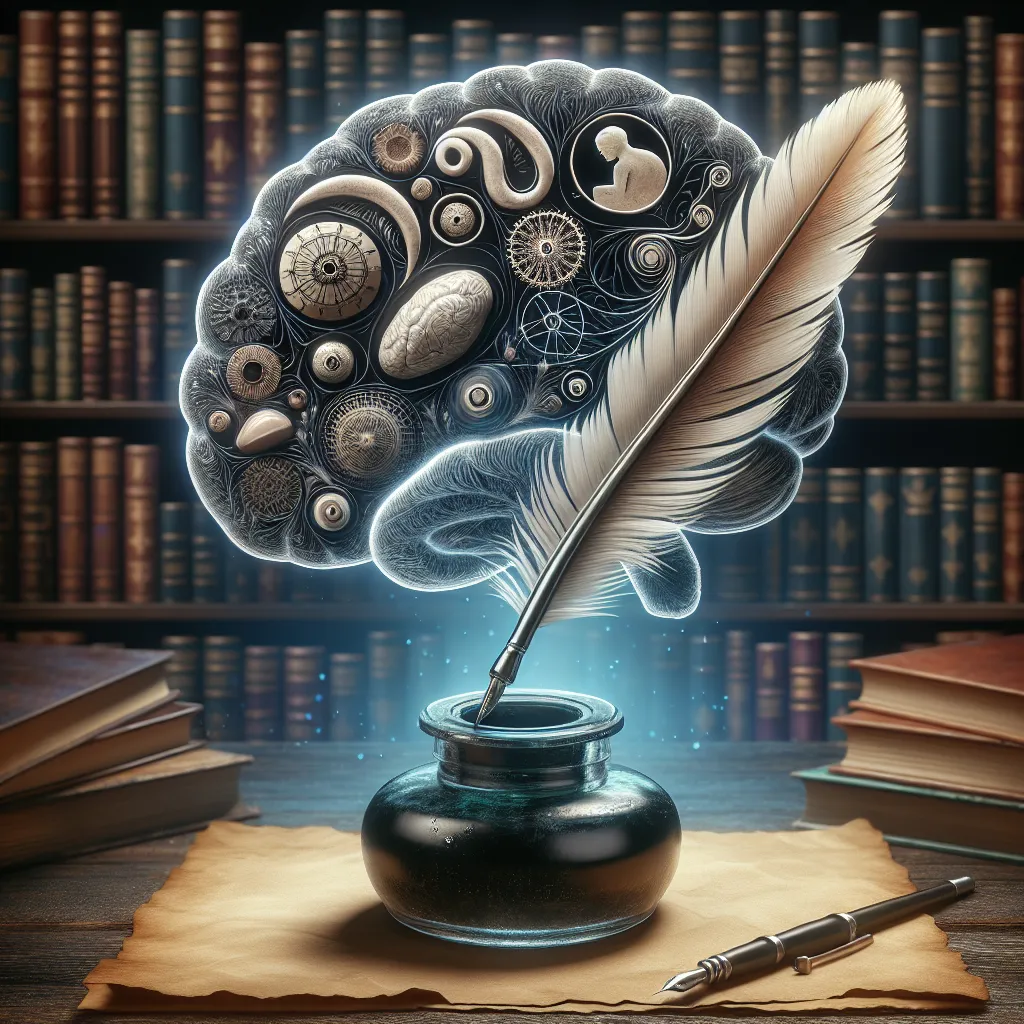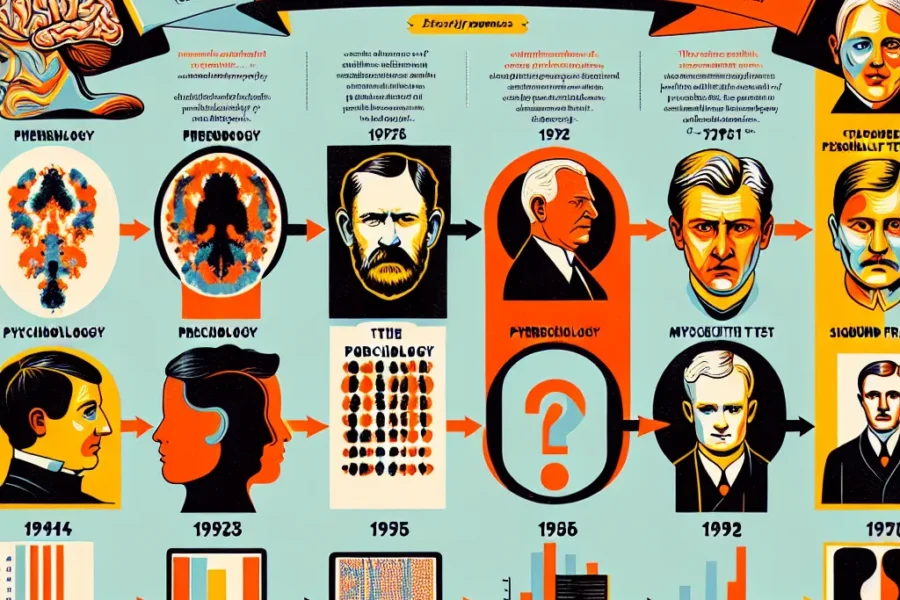Psychodynamic theory, a seminal framework in the field of psychology, has been inexorably influential in shaping the understanding of human behavior and mental processes. Originating from the groundbreaking works of Sigmund Freud, this theoretical perspective emphasizes the importance of unconscious processes, early childhood experiences, and interpersonal relationships in determining behavior and personality development. Modern psychology, while diverse in its approaches, continues to integrate psychodynamic concepts, testifying to their enduring relevance in contemporary therapeutic practice, research, and broader societal applications.
The foundations of psychodynamic theory hinged upon the notion that human behavior is a dynamic interplay of conscious and unconscious motivations and that early experiences, especially childhood traumas and conflicts, have a profound impact on an individual’s developmental trajectory. Freud’s original ideas evolved into a broader school of thought that included Jungian, Adlerian, and Eriksonian theories – all of which retained a core belief in the significance of the inner psyche and its influence on the human condition.
In modern psychology, psychodynamic principles are evident in numerous domains. Therapeutic settings, for instance, often utilize insight-oriented approaches derived from psychodynamic theory. Such treatments focus on uncovering unconscious thoughts and feelings, resolving past conflicts, and understanding the relationship patterns that an individual repeats unwittingly. Psychoanalysis, the most intensive form of psychodynamic therapy, involves exploring the patient’s dreams, fantasies, and transference reactions toward the therapist to unlock deep-seated issues.
Additionally, the therapeutic alliance, a factor central to positive outcomes in psychotherapy across different modalities, echoes the psychodynamic emphasis on the significance of interpersonal relationships. The concept of transference, though primarily rooted in psychodynamic practice, has informed understanding within cognitive-behavioral therapy (CBT), humanistic approaches, and other orientations, underscoring the universal relevance of the therapeutic relationship in facilitating change.
In terms of research, psychodynamic theory has inspired a wealth of studies on attachment styles and their consequences for individual development and well-being. Building upon the works of John Bowlby and Mary Ainsworth, modern researchers have explored how early attachments shape personality and relational patterns later in life. Psychodynamic ideas also underpin the notion that unconscious biases influence decision-making, a topic widely studied within social and cognitive psychology.
The influence of psychodynamic theory extends beyond therapy and research into the realm of organizational psychology. Concepts such as group dynamics, leadership styles, and workplace relationships owe much to the understanding of unconscious processes and interpersonal relationships. The psychodynamic perspective has been applied to executive coaching, human resource development, and the analysis of organizational culture, providing insights into the complex human factors that drive group and individual behavior in professional settings.
In educational psychology, psychodynamic concepts help elucidate the dynamics between teachers and students, the development of self-concept, and the impact of early experiences on learning and motivation. Erik Erikson’s stages of psychosocial development, a theory deeply rooted in psychodynamic principles, is frequently employed to frame discussions about the emotional and social challenges encountered at different life stages and the importance of achieving a sense of identity and purpose.
Moreover, the psychodynamic focus on narrative and meaning-making resonates with contemporary trends in qualitative research, where understanding the subjective experiences and stories of individuals is paramount. This narrative approach allows researchers to delve deeply into the complexities of human psychology, much as psychodynamic therapists explore the stories and life histories of their clients.
Despite the widespread incorporation of psychodynamic principles into modern psychological theory and practice, it has also faced criticism and called for integration with empirical methods. The emergence of evidence-based practices has prompted proponents of psychodynamic theory to substantiate their claims with more rigorous research, integrating quantitative methodologies where possible to validate the efficacy of psychodynamic therapies.
Critics often point to the challenges of empirically testing psychodynamic concepts due to their inherently subjective and internal nature. However, advances in neuroimaging and other technologies have begun to offer compelling biological evidence for previously elusive psychodynamic processes, such as the workings of the unconscious mind and the physiological manifestations of repressed emotions.
Furthermore, psychodynamic theory’s influence is also felt in the burgeoning field of neuropsychoanalysis, an interdisciplinary realm that seeks to bridge Freudian theory with neurobiological findings. This burgeoning discipline attempts to map psychodynamic constructs onto neural substrates, providing a more holistic understanding of how psychological experiences are instantiated in the brain.
Conversations about mental health in popular culture and the media also frequently draw upon psychodynamic language. Terms such as “repression,” “denial,” and “projection” have entered the public lexicon, demonstrating the enduring impact of psychodynamic thought on the way people understand their own behavior and that of others. This permeation into everyday discourse speaks to the theory’s foundational role in conceptualizing the intricacies of the human mind.
To adapt to the changing landscape of psychology, contemporary psychodynamic practitioners emphasize a more pluralistic and integrative stance. They often collaborate with practitioners from other schools of thought, acknowledging that combining psychodynamic insights with techniques from CBT, mindfulness-based interventions, and other therapeutic modalities can create a more comprehensive treatment approach tailored to the individual needs of clients.
Indeed, the versatility of psychodynamic theory is one of its greatest strengths. Its principles can be adapted to various therapeutic modalities and cultural contexts, making it a universally valuable tool for understanding and improving the human condition. As cultures worldwide grapple with the complexities of modern life, including shifts in societal norms, digital transformations, and increasing mental health awareness, psychodynamic theory offers a deeply resonant framework for exploring the depths of our psychological existence.
In conclusion, psychodynamic theory has left an indelible mark on modern psychology, permeating various domains, from clinical practice to research, education, and organizational behavior. It continues to evolve, responding to new discoveries and integrating with other psychological perspectives to remain a vital component of the field. The theory’s nuanced approach to understanding the human psyche – with an appreciation for the unconscious, the formative influence of early experiences, and the complexity of interpersonal dynamics – ensures its continued relevance and influence. As psychology presses forward, the legacy of psychodynamic theory remains a testament to its foundational contribution to the enduring quest to comprehend the vast landscape of the human mind.



Leave a Comment